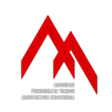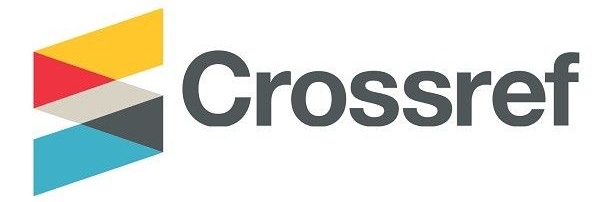Penilaian Keaslian Bangunan De Tjolomadoe Menggunakan Instrumen Nara Grid
DOI:
https://doi.org/10.21776/ub.ruas.2019.017.02.3Keywords:
Adaptive Reuse, Preservation, Industrial Building Revitalization, Nara Grid MethodAbstract
Physical and non-physical changes that occur in the new building of the ex-Tjolomadoe Sugar Factory is one of the concrete evidences of conservation that implementing adaptive reuse approach in saving this 157-year-old factory construction. Once, this building actively serves as a sugar factory for many decades and then was abandoned for 20 years. Until in 2017, it was revitalized by changing its function from the factory to a cultural center and commercial area, then changed its name to “De Tjolomadoeâ€. This study aims to assess the authenticity of De Tjolomadoe by using the Nara Grid instrument. The research itself runs by combining qualitative and quantitative method with observations, strengthened by interviews and capturing opinions through questionnaire on various groups of people ranging from the layman to the experts. The result then has analyzed into the Nara grid table. It show that the authenticity of the building is still maintained. There are some changes especially in the interior to accomodate new functions, but does not eliminate the spatial form. The building structure also has strengthened and the addition of architectural elements and interior ornaments to make it more attractive to visitors.References
Ardhiati, Yuke. (2018). De Tjolomadoe: Adaptive Reuse Bangunan Cagar Budaya. Jakarta: Wastu Adicitta Press.
Balen, Van Koenraad. (2008). The Nara Grid: An Evaluation Scheme Based on the Nara Document on Authenticity. Belgia: JSTOR
Eshraati, Prastoo et al. (2017). Evaluation of Authenticity on the basis of Nara Grid in Adaptive Reuse of Manochehri Historical House Kashan, Iran. Iran: Archnet-IJAR Vol. 11.
Ginaris, Lengkong S. (2016). PG Colomadu: Warisan Industri Gula Mangkunegara IV yang Kini Mati. Diakses melalui http://jejakkolonial.blogspot.com/2016/12/pg-colomadu-warisan-industri-gula.html pada 10 Maret 2019.
Lestari, Dewi Sri. Prospek Revitalisasi Eks Pabrik Gula Colomadu Karanganyar terhadap Perkembangan Kota Karanganyar dan Surakarta. Surakarta: Universitas Tunas. (2018).
Narimawati, Umi. (2008). Metodologi Penelitian Kualitatif dan Kuantitatif: Teori dan Aplikasi. Bandung: Agung Media.
Saputra, Handri dan Ari Widyati Purwantiasning. Kajian Konsep Adaptive Reuse sebagai Alternatif Aplikasi Konsep Konservasi. Bandar Lampung: Jurnal Arsitektur JA! UBL No. 4 Vol. 1 (2013).
Sugiyono. (2009). Metode Penelitian Kuantitatif, Kualitatif, dan R&D. Bandung: Alfabeta.
Suprihatin, Ferdianto Yanu et al. (2017). Penerapan Adaptive Reuse pada Gedung PT. PPI (Ex PT. Tjipta Niaga) Menjadi Hotel Gallery dan Kegiatan Komersial. Jakarta: Jurnal Arsitektur PURWARUPA.
Downloads
Published
How to Cite
Issue
Section
License
Authors who publish with this journal agree to the following terms:
- Authors retain copyright and grant the journal right of first publication with the work simultaneously licensed under a Creative Commons Attribution License that allows others to share the work with an acknowledgement of the work's authorship and initial publication in this journal.
- Authors are able to enter into separate, additional contractual arrangements for the non-exclusive distribution of the journal's published version of the work (e.g., post it to an institutional repository or publish it in a book), with an acknowledgement of its initial publication in this journal.
- Authors are permitted and encouraged to post their work online (e.g., in institutional repositories or on their website) prior to and during the submission process, as it can lead to productive exchanges, as well as earlier and greater citation of published work (See The Effect of Open Access).












